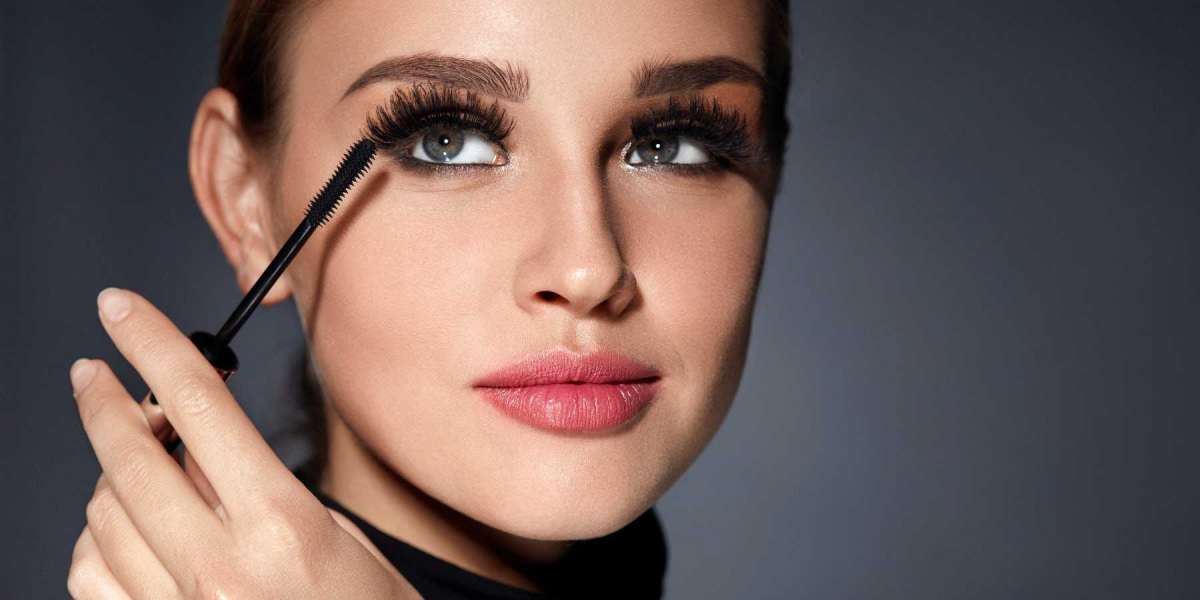Cleansing:
- Start by washing your face with a gentle cleanser formulated for oily skin. Look for ingredients like salicylic acid or benzoyl peroxide, which can help control excess oil production and prevent breakouts. Gently massage the cleanser onto damp skin, then rinse thoroughly with lukewarm water.
Exfoliation (Optional, 2-3 times a week):
- Exfoliation helps remove dead skin cells and unclog pores, which can be especially beneficial for oily skin prone to congestion. Use a chemical exfoliant containing ingredients like glycolic acid or salicylic acid. Apply the exfoliant to a cotton pad and gently swipe it across your face, focusing on areas prone to excess oil and breakouts. Be careful not to over-exfoliate, as this can irritate the skin and exacerbate oiliness.
Toning:
- Apply a toner to help balance the skin's pH levels and tighten pores. Look for a toner that is alcohol-free and contains ingredients like witch hazel or tea tree oil, which can help control oil production and soothe the skin. Apply the toner to a cotton pad and gently swipe it across your face, avoiding the delicate eye area.
Treatment (Optional):
- If you have specific skin concerns such as acne or hyperpigmentation, you may want to incorporate a targeted treatment into your evening routine. Choose a treatment containing ingredients like benzoyl peroxide for acne or niacinamide for hyperpigmentation. Apply a thin layer of the treatment to affected areas and allow it to absorb fully before proceeding to the next step.
Moisturizing:
- Even oily skin needs hydration, so be sure to use a lightweight, oil-free moisturizer to replenish the skin's moisture barrier without adding excess oil. Look for a moisturizer labeled as "non-comedogenic" to prevent clogged pores. Apply a dime-sized amount of moisturizer to your face and gently massage it in using upward motions until fully absorbed.
Spot Treatment (Optional):
- If you have any active breakouts, you can apply a spot treatment containing ingredients like benzoyl peroxide or tea tree oil directly onto the blemish to help reduce inflammation and promote healing.
Eye Cream (Optional):
- If you have concerns about dark circles or fine lines around the eyes, you can apply a small amount of eye cream using your ring finger. Gently pat the cream onto the under-eye area until fully absorbed.
Sunscreen (Optional for evening, but essential during the day):
- If you're going to bed immediately after your skincare routine, you can skip this step. However, if you're still exposed to indoor lighting or if you prefer to be extra cautious, you can apply a lightweight, oil-free sunscreen to protect your skin from UV damage.
Remember to patch-test any new products before incorporating them into your routine, and consult with a dermatologist if you have any concerns or specific skin conditions. Additionally, consistency is key with skincare routines, so try to stick to this regimen every evening for the best results.
Double Cleansing:
Start with an oil-based cleanser formulated with non-comedogenic oils like grapeseed or jojoba oil to effectively dissolve and lift away oil-based impurities such as sebum, sunscreen, and makeup. Emulsify the cleanser with water to form a milky texture, then rinse thoroughly to remove.
Follow up with a water-based cleanser containing surfactants like sodium lauroyl sarcosinate or sodium cocoamphoacetate, which effectively remove water-based impurities like sweat and dirt without stripping the skin of its natural oils. Massage the cleanser onto damp skin in circular motions, then rinse with lukewarm water.
Chemical Exfoliation (2-3 times a week):
- Apply a leave-on exfoliant containing beta-hydroxy acids (BHAs) such as salicylic acid at a concentration of 1-2%. BHAs penetrate deep into the pores, dissolving sebum and dead skin cells to prevent clogging and reduce the appearance of enlarged pores. Apply a thin, even layer of the exfoliant to dry skin, avoiding the eye area, and allow it to absorb fully before proceeding to the next step.
Toning:
- Use a toner formulated with astringent ingredients like witch hazel extract or tea tree oil to rebalance the skin's pH level and refine the appearance of pores. Dispense the toner onto a cotton pad and gently swipe it across the face and neck, focusing on areas prone to excess oil production.
Treatment (Optional):
- Apply a targeted treatment containing ingredients like benzoyl peroxide (2.5-5%) or retinoids such as adapalene or tretinoin to address specific concerns like acne or hyperpigmentation. These ingredients work by reducing inflammation, regulating oil production, and promoting cell turnover. Use a pea-sized amount of the treatment and spread it evenly over the affected areas, avoiding the eye and lip areas.
Lightweight Moisturizing:
- Opt for a gel-based moisturizer containing humectants like hyaluronic acid and glycerin to hydrate the skin without adding excess oil or occluding the pores. The lightweight formula absorbs quickly into the skin, providing long-lasting hydration and a matte finish. Dispense a small amount of moisturizer onto fingertips and gently massage it into the skin using upward strokes until fully absorbed.
Spot Treatment (Optional):
- Apply a spot treatment containing ingredients like sulfur or azelaic acid directly onto active breakouts to accelerate healing and reduce inflammation. These ingredients help to unclog pores, kill acne-causing bacteria, and fade post-inflammatory hyperpigmentation. Use a cotton swab or clean fingertip to dab a small amount of the spot treatment onto individual blemishes, avoiding the surrounding skin.
Eye Cream (Optional):
- Apply an eye cream formulated with peptides and antioxidants to target concerns like dark circles, puffiness, and fine lines around the delicate eye area. The lightweight texture absorbs quickly into the skin, providing hydration and nourishment without causing milia or irritation. Use the ring finger to gently pat a pea-sized amount of eye cream onto the orbital bone, working from the inner to outer corners until fully absorbed.
Sunscreen (Optional for evening use, essential during the day):
- While sunscreen is typically reserved for daytime use, individuals with oily skin may benefit from using a lightweight, non-comedogenic sunscreen in the evening to protect against UV damage from indoor lighting and electronic screens. Look for a broad-spectrum sunscreen with an SPF of at least 30 and a matte finish to prevent shine and greasiness. Apply a generous amount of sunscreen to all exposed areas of the face and neck, ensuring even coverage.
Consistency is key when following a skincare routine, so aim to perform these steps diligently every evening to maintain healthy, balanced skin. Adjust the frequency of exfoliation and treatment based on your skin's tolerance and response, and consult with a dermatologist if you experience any adverse reactions or concerns.









